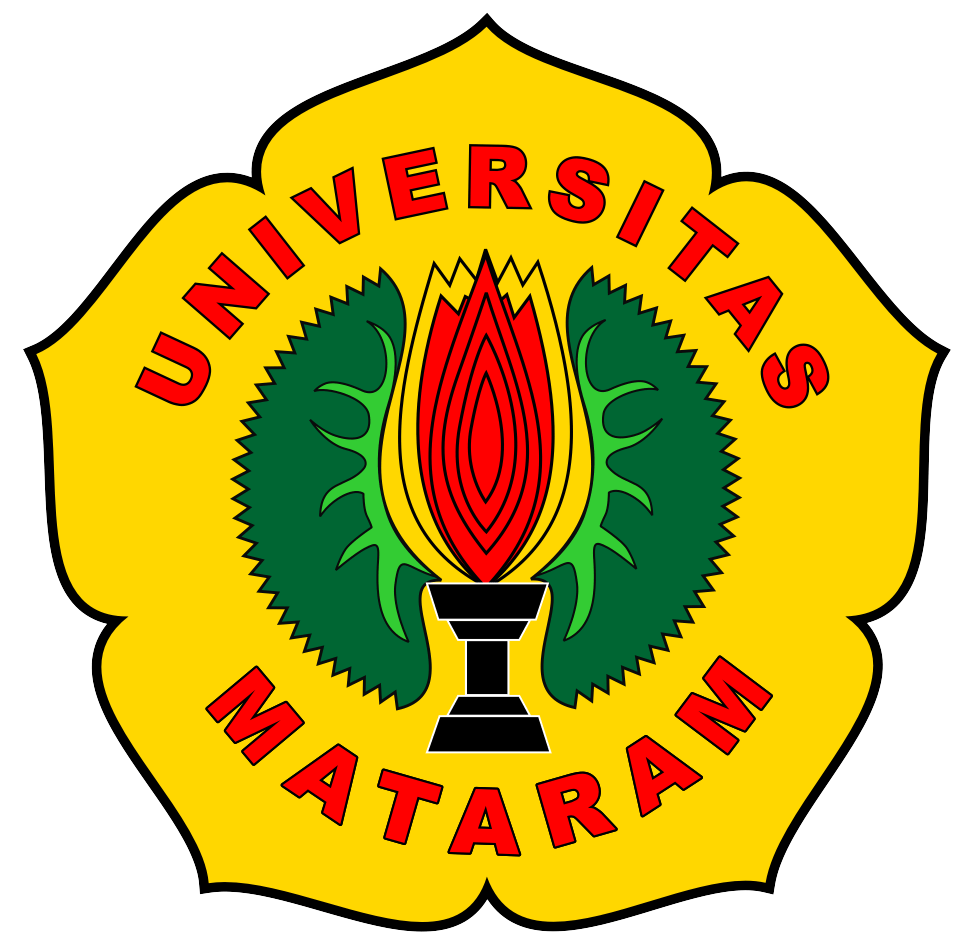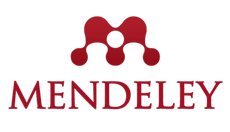Reaksi Hipersensitivitas pada Kulit Akibat ObatAnti Inflamasi Non Steroid
DOI:
https://doi.org/10.29303/jk.v8i3.4551Keywords:
reaksi hipersensitivitas, OAINS, reaksi silangAbstract
Seiring dengan hasil pengobatan yang semakin maju, kelangsungan hidup pasien yang lebih lama dan jangka waktu pengobatan yang lebih lama, frekuensi dan durasi paparan terhadap obat-obatan telah meningkat. Konsekuensi yang dapat terjadi akibat meningkatnya paparan terhadap obat-obatan yakni meningkatnya kejadian reaksi hipersensitivitas terhadap obat. Kulit merupakan organ yang paling sering terlibat dalam reaksi hipersensitivitas terhadap obat. Dari semua organ yang terkena, kulit paling sering terlibat dalam reaksi hipersensitivitas terhadap obat. Sebagian besar reaksi hipersensitivitas obat pada kulit bersifat ringan, berupa erupsi makulopapular atau urtikaria.Adapun reaksi hipersensitivitas obat yang bersifat berat, yaitu pustulosis eksantematosa generalisataakut (PEGA),drug reaction with eosinophilia and systemic symptomps (DRESS), sindrom Stevens Johnson (SSJ), dan nekrolisis epidermal toksik (NET). Obat yang paling sering digunakan padasemua usia karena sifat antipiretik, analgesik, dan antiinflamasinya adalah OAINS. Obat AINS telahdilaporkan sebagai penyebab kedua dari reaksi hipersensitivitas obat setelah antibiotik beta-laktam.Di Indonesia, golongan OAINS yang diduga sebagai penyebab terbesar reaksi hipersensitivitas adalah parasetamol. Klasifikasi reaksi terhadap OAINS terdiri dari reaksi yang dimediasi secara imunologis(non reaksi silang) dan non imunologis (reaksi silang). Golongan OAINS bekerja pada metabolisme asam arakidonat, sehingga mempengaruhi keseimbangan antara leukotrien dan prostaglandin dengan menghambat produksi prostanoid. Mekanisme definitif hipersensitivitas OAINS belum jelas, tetapi kemungkinan bahwa blokade COX yang diinduksi OAINS menghasilkan produksi prostaglandin E2yang berlebihan pada individu yang terpengaruh.
Downloads
Published
Issue
Section
License
Authors who publish with Unram Medical Journal, agree to the following terms:
- Authors retain copyright and grant the journal right of first publication with the work simultaneously licensed under a Creative Commons Attribution 4.0 International License (CC-BY License). This license allows authors to use all articles, data sets, graphics, and appendices in data mining applications, search engines, websites, blogs, and other platforms by providing an appropriate reference. The journal allows the author(s) to hold the copyright without restrictions and will retain publishing rights without restrictions.
- Authors are able to enter into separate, additional contractual arrangements for the non-exclusive distribution of the journal's published version of the work (e.g., post it to an institutional repository or publish it in a book), with an acknowledgment of its initial publication in University of Mataram's Journal of Medicine.
- Authors are permitted and encouraged to post their work online (e.g., in institutional repositories or on their website) prior to and during the submission process, as it can lead to productive exchanges, as well as earlier and greater citation of published work (See The Effect of Open Access).
- This journal is open access journal which means that all content is freely available without charge to users or / institution. Users are allowed to read, download, copy, distribute, print, search, or link to full text articles in this journal without asking prior permission from the publisher or author.






